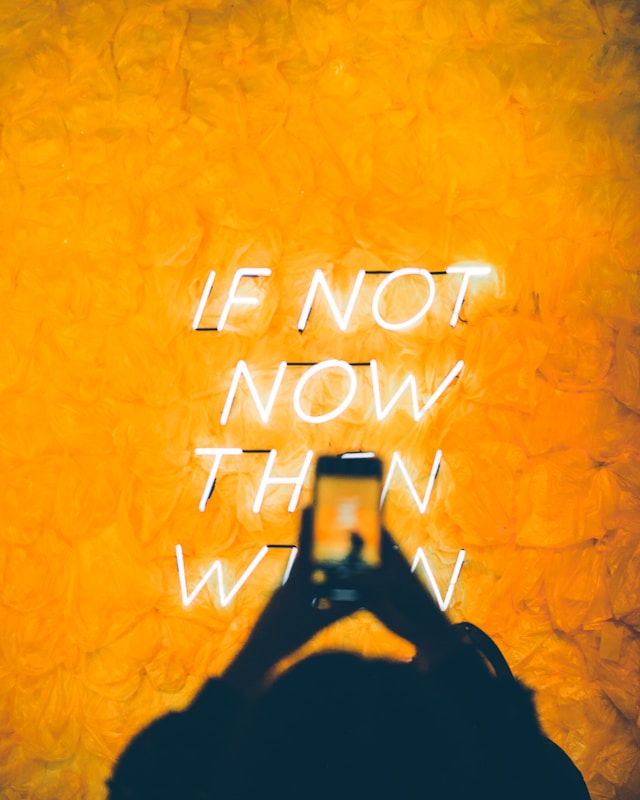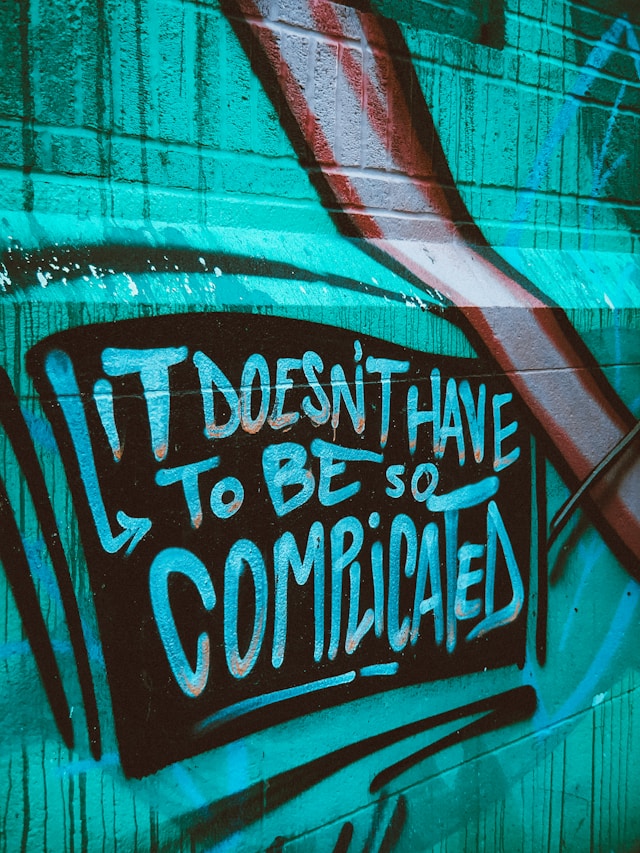What does it really take to succeed in life?
Most people assume it’s about money, connections or luck. But the truth is, the most powerful asset you can have is already within reach — and it doesn’t cost a thing. It’s belief in yourself.
When you believe in yourself, you change the way you think, act and move through the world. It’s the difference between backing down and stepping up. Between settling and striving. Between watching life pass you by and actively creating the life you want.
Confidence in your abilities to go after your goals can sometimes be difficult to find or keep.
It can sometimes take time to discover the confidence you have inside you. This can be especially true if you are trying something new.
I have a program that can help you to discover what is holding you back from achieving your goals as well as help you set an attainable goal related to where you are in your life and where you are trying to be.
This program also works with you to build up your confidence in being able to reach your goal.
You can find out more about this program at Confidology, a funny name but a serious program.
You can contact me to talk about this or any other aspect of confidence and success at michael@coachmichaelw.com
Visit the site and read through the program description.
If you are not ready to commit to a full program, I have a self-paced course on Udemy that may be of interest. You can find out about the course and register at Confidence and Motivation Development and Maintenance
Belief in yourself is the foundation of confidence. And the good news? It’s not something you’re born with or without. It’s something you can build.
Why Self-Belief Matters More Than You Think
Self-belief is the key that unlocks everything else. If you don’t believe in your ability to succeed, you’ll self-sabotage. You won’t go after opportunities. You won’t take risks. And you’ll give up before you ever get close to your potential.
But if you do believe in yourself? You become resilient. You show up differently. You bounce back from failure faster and keep pushing toward your goals, no matter how big they are.
It’s not magic — it’s mindset. And it’s built one step at a time.
Building Your Confidence From Within
Confidence isn’t something you wait around for. It’s something you create. And yes, that means even when you’re feeling unsure or shaky, you can take action that leads to real, lasting self-belief.
Here’s how:
1. Track Your Wins — Big and Small
We tend to forget our achievements because we’re so focused on what’s next. Take time to reflect. What have you overcome? What have you accomplished? Write it down. Celebrate the fact that you’ve already done things you once thought you couldn’t.
Confidence grows when you remind yourself of your capability.
2. Set Clear, Meaningful Goals
Setting goals gives you direction and momentum. Start small if you need to — but get specific. “I want to be more confident” is vague. “I will speak up at least once in every meeting this month” is measurable and actionable. With each goal you hit, your belief in yourself builds.
3. Change Your Inner Dialogue
What are you telling yourself all day? If the voice in your head is negative, critical or filled with doubt, it’s going to chip away at your confidence. Start catching those thoughts and replacing them with better ones.
You don’t need to lie to yourself. Just shift from “I can’t do this” to “I’m learning how to do this” or “I’ve done hard things before — I can handle this too.”
4. Keep Learning
Confidence thrives when you feel prepared. That doesn’t mean waiting until you know everything. It means committing to growth. Take online courses, read books, join communities. The more you learn, the more capable — and confident — you’ll feel.
5. Practice Gratitude and Positivity
Mindset isn’t just about what you do — it’s also about how you see. Start your day with a mental list of three things you’re grateful for. End it by acknowledging what you did well. Positivity isn’t fluff — it’s fuel for your belief system.
Taking Care of Your Body and Mind
Confidence doesn’t live only in your head — it lives in your daily habits. When you treat yourself well, you reinforce the idea that you’re worth being taken care of.
These aren’t just health tips — they’re acts of self-respect.
1. Exercise Like You Mean It
Movement shifts energy. It boosts your mood, reduces anxiety and reminds you what your body is capable of. You don’t have to be an athlete — just aim for 30 minutes a day of something that gets your heart rate up. Walk, dance, stretch, lift. Just move.
2. Fuel Your Body Right
A foggy brain, sugar crashes and mood swings don’t help your confidence. Eat real food — fruits, vegetables, whole grains, protein, healthy fats. Skip the extremes. It’s not about perfection — it’s about giving yourself the fuel to feel strong and stable.
3. Prioritize Quality Sleep
Lack of sleep messes with your mood, your thinking, and your resilience. Your mind and body need 7–8 hours of quality sleep to reset. Create a bedtime routine, keep your room cool and dark and stay off screens an hour before bed.
4. Handle Stress Proactively
Stress isn’t going away — but how you deal with it makes a difference. Daily self-care isn’t a luxury. It’s a necessity. Whether it’s deep breathing, meditation, journaling or taking a 10-minute walk — build stress relief into your day before burnout hits.
Believing in Yourself Doesn’t Mean Doing It Alone
Contrary to what you might think, self-belief doesn’t mean being 100% self-reliant. It means knowing when to ask for help, set boundaries and surround yourself with people who support your growth.
Here’s how to build the support system that backs your confidence:
1. Speak Up For Yourself
People who believe in themselves advocate for their needs. That doesn’t mean being loud or aggressive — it means being honest, direct and respectful. Say what you mean. Ask for help. Set boundaries. Stand up for your values.
2. Build a Support Network
Confidence grows in connection. Find people who get you — friends, colleagues, mentors. Join groups aligned with your passions or goals. Don’t just collect contacts — nurture real relationships where you can be seen and supported.
3. Find Mentorship
A mentor can help you spot blind spots, develop new skills and stay on track. Choose someone whose life or mindset you admire, and approach them with respect. Be clear about what you’re asking for. Mentorship is a two-way street — show up, stay curious and follow through.
4. Give Generously
Helping others boosts your confidence. It proves that you matter. Volunteer, share your skills, support a friend or mentor someone coming up behind you. Giving shows you your own strength — and reinforces the belief that you have value to offer.
Final Thought
Believing in yourself isn’t about arrogance or pretending you have it all figured out. It’s about trusting that you can figure things out. That you’re capable of growth. That you’re worthy of effort, care and the life you want.
You won’t always feel confident. That’s okay. Confidence is built in the doing — in the small, daily choices to show up, speak up, and keep going.
Start today. Trust yourself just a little more than you did yesterday.
To talk about any aspect of success or working with a Life Coach to help you to achieve success, you can book a 30-minute call by clicking on the blue button below.
Don’t try to do all of this by yourself, ask and receive the guidance that can get you moving towards your own success.
Working together can help you overcome personal and professional barriers, ensuring you reach your highest potential.
Nothing happens until action is taken.
To your success.
Michael
P.S Don’t forget to visit Confidology to learn more about the program. If you are not ready to commit to a full program, I have a self-paced course on Udemy that may be of interest. You can find out about the course and register at Confidence and Motivation Development and Maintenance
P.P.S if you want to find out more about my programs just check out the site Confidence and Life Coaching
P.P.P.S. If you enjoy reading these articles on my blog, I have more books that have more of this type of information that you can find out more about at Books to Read. You can buy these ebooks at many on-line book stores. The links to the bookstores are at the link above.
P.P.P.P.S. I have posted a series of articles on the “Fear of Success” at Confidence and Life Coaching. You can also request a free PDF of all 4-articles by sending me an email message at michael@coachmichaelw.com






